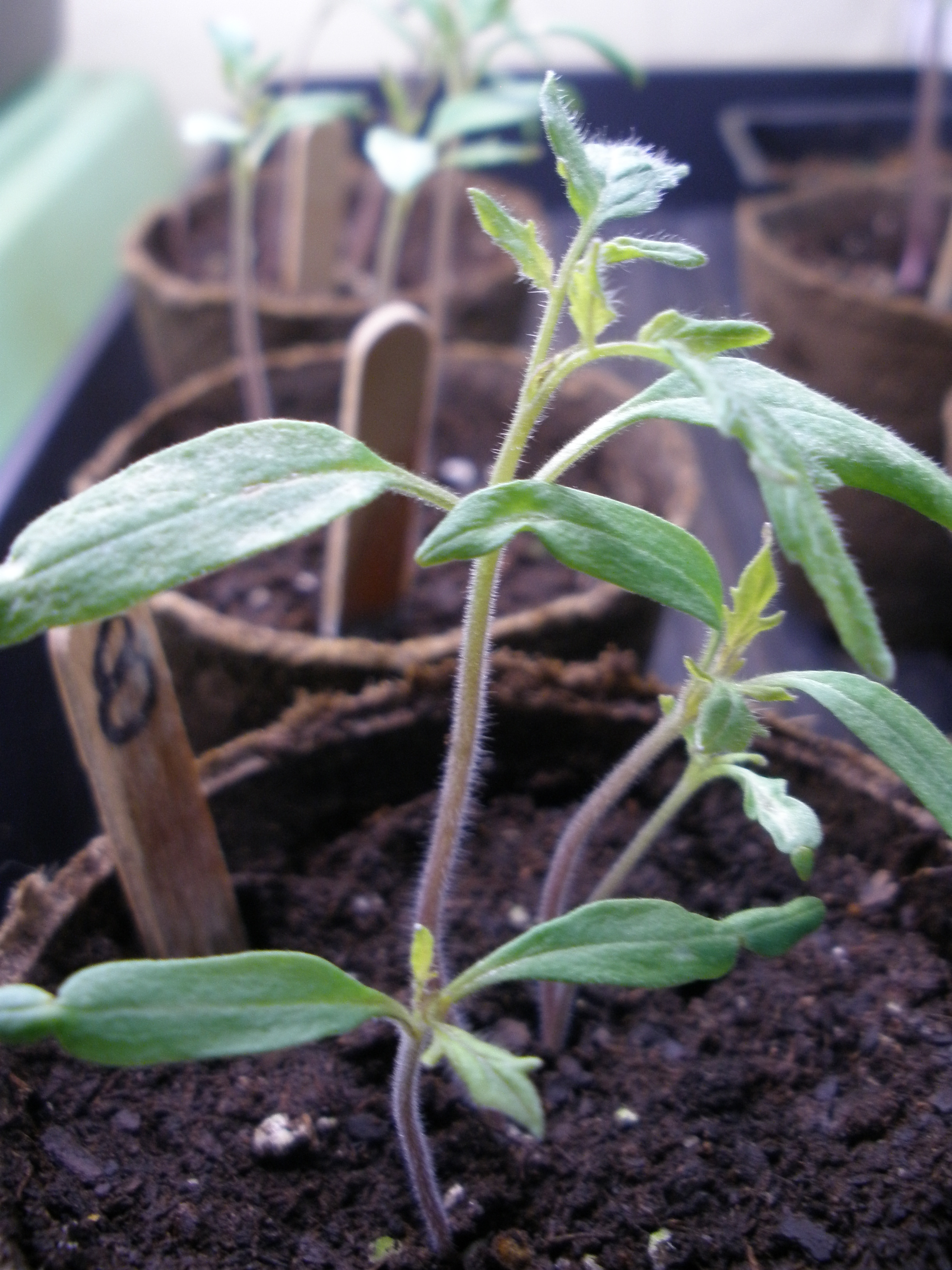If you are new to starting seeds these are some recommended practices that I have found to work reliably for me. I’ve intentionally kept these instructions pretty basic so you can feel free to add/experiment/change what works for you.
Sowing Seed Indoors:
- Fill a bucket with sterile seed starting mix, leaving room to stir. Add water a cup or so at a time, stirring in until mix is moist but not soggy.
- Fill clean containers with mix, leaving room for seeds to be planted at recommended depth (see seed packet). firm lightly.
- Sow seeds 2 to 3 per container, or cell if multipacks, cover with mix as directed and again firm lightly. Label.
- Water gently. Overhead with a spray bottle or watering can with rose or from underneath by placing containers in a tray filled with a half inch or so of water, checking soil surface after 30 to 60 minutes. Remove containers from water.
- Place containers in indirect light at room temperature (65-75 degrees). A heating mat can be used to raise germination temperature as required.
- Be sure to keep containers evenly moist, not soggy and never let the pots sit in water for more than an hour.
Care of seedlings:
- Check your seedlings daily.
- Most seeds germinate in 10-14 days. Seedlings need high light so keep them within an inch or so from light fixture for 14-16 hours per day.
- Growing temperatures average 55-70 F. A heating mat can be used to raise growing temperature as required.
- Give your seedling plenty of elbow room – thin seedlings to the strongest grower in each cell. an easy way to do this is simply cut the other seedlings with scissors at ground level. A fan is recommended to promote good air circulation.
- Continue watering and using diluted fertilizer.
Hardening off:
When about a week or two from transplanting to the garden begin to accustom mature seelding to outdoor conditions by moving them outdoors in a spot protected form wind and sun for a few hours each day, gradually increasing the time spent outdoors.
Transplanting:
A cloudy misty day is ideal, or late in the afternoon. Water carefully until firmly established.
Sowing seed outdoors:
Prepare your soil well, rake smooth and sow seed thinly, covering lightly. Keep evenly moist until established. Thin ruthlessly for good growth and flowering. Most seed packets will advise you as to when to direct sow.
Recommended materials:
- sterile seed starting mix
- cell packs and trays (or get creative and recycle containers – just add drainage holes)
- heating mat (optional)
- lights (full spectrum fluorescents work well and are readily available)
- timer (optional)
- fan (optional)
- fertilizer (I use liquid kelp)
- plastic labels or popsicle sticks

